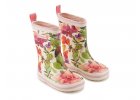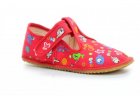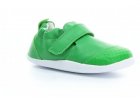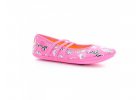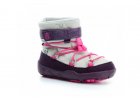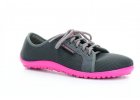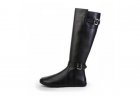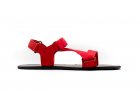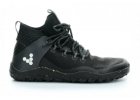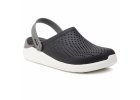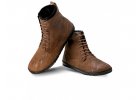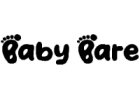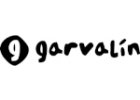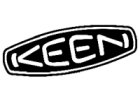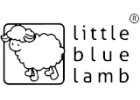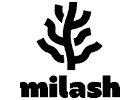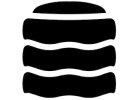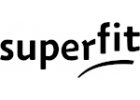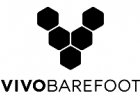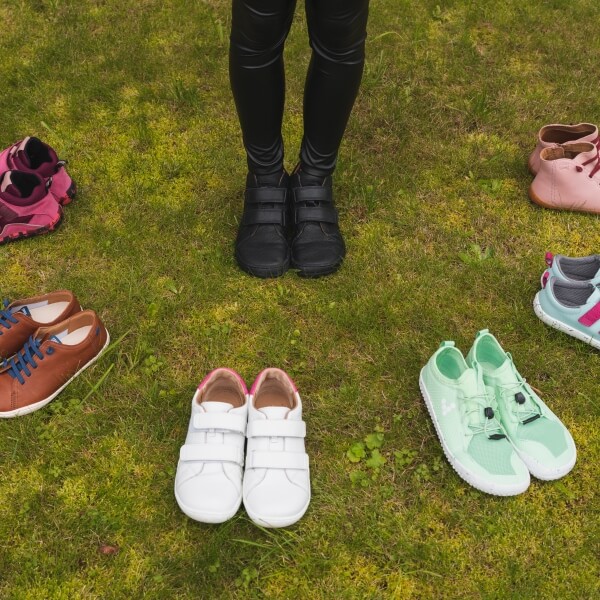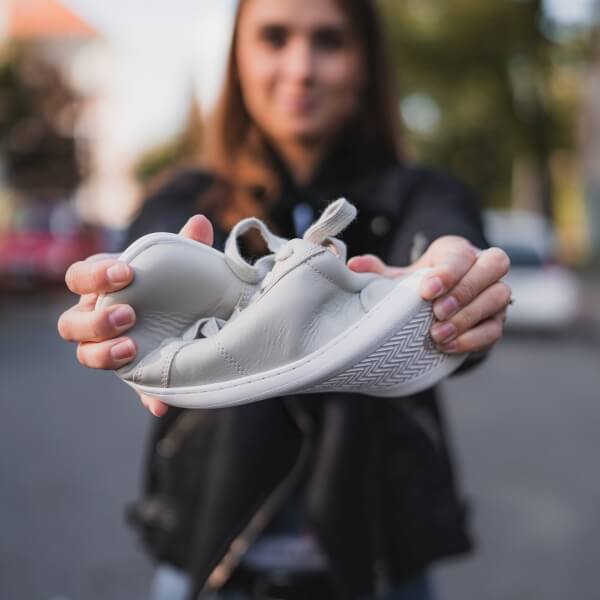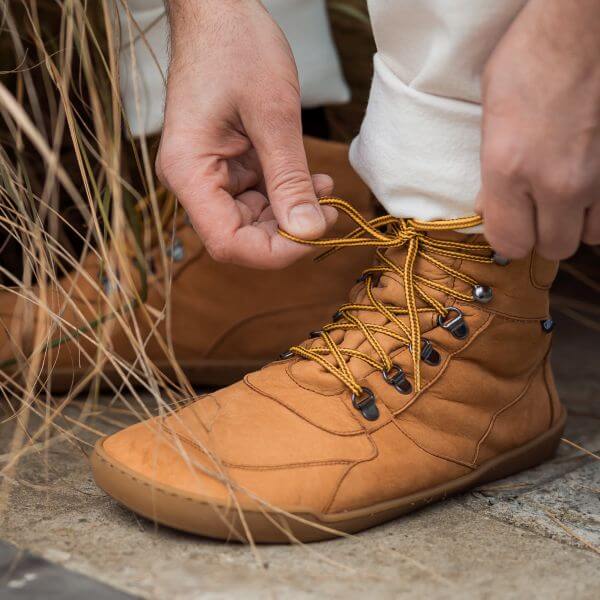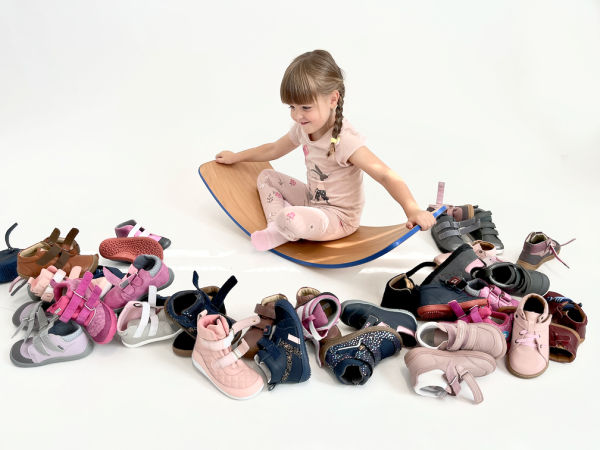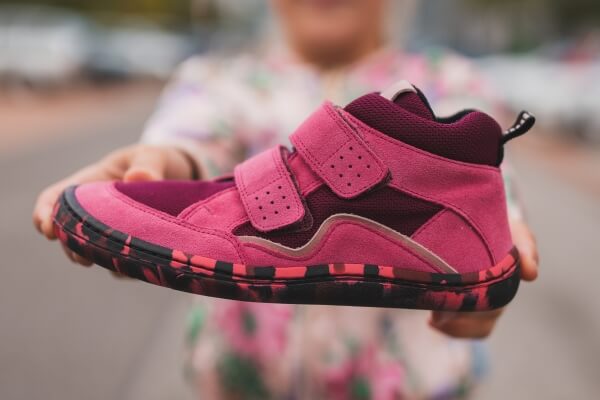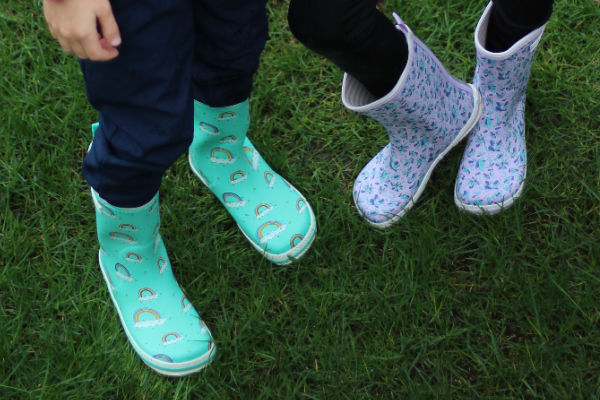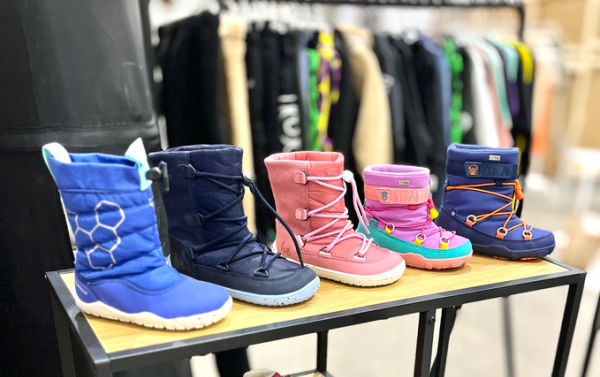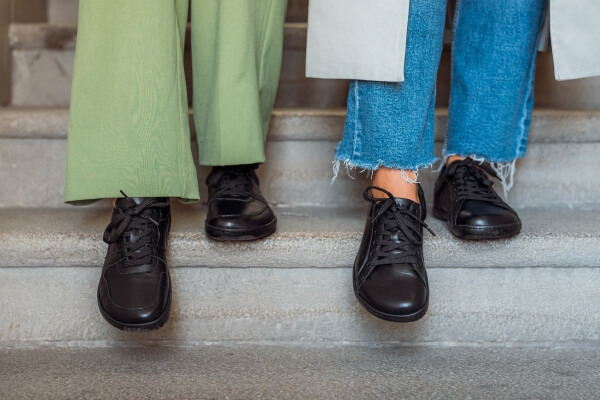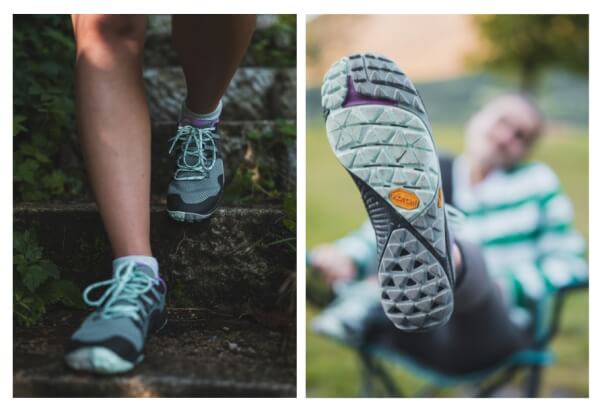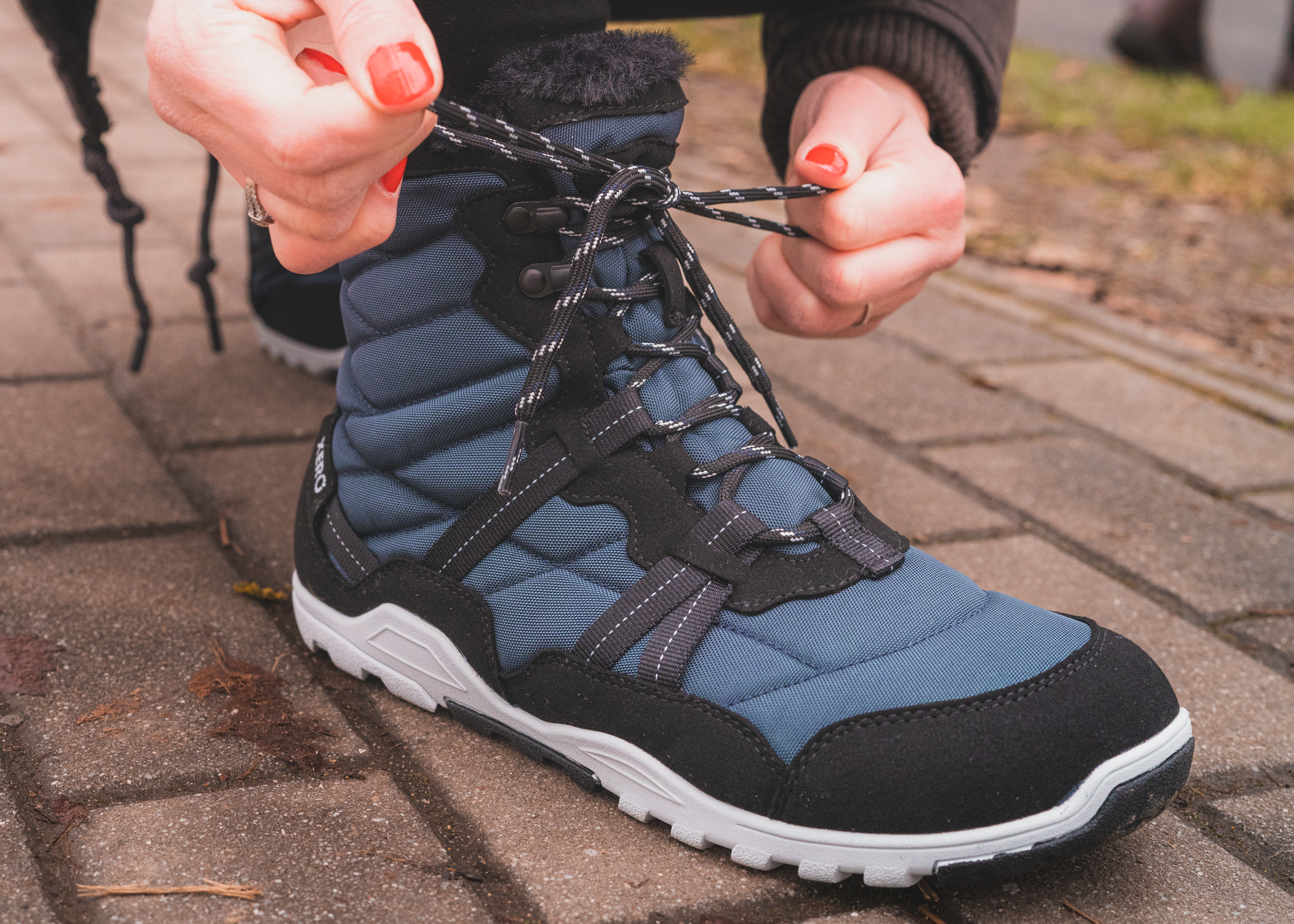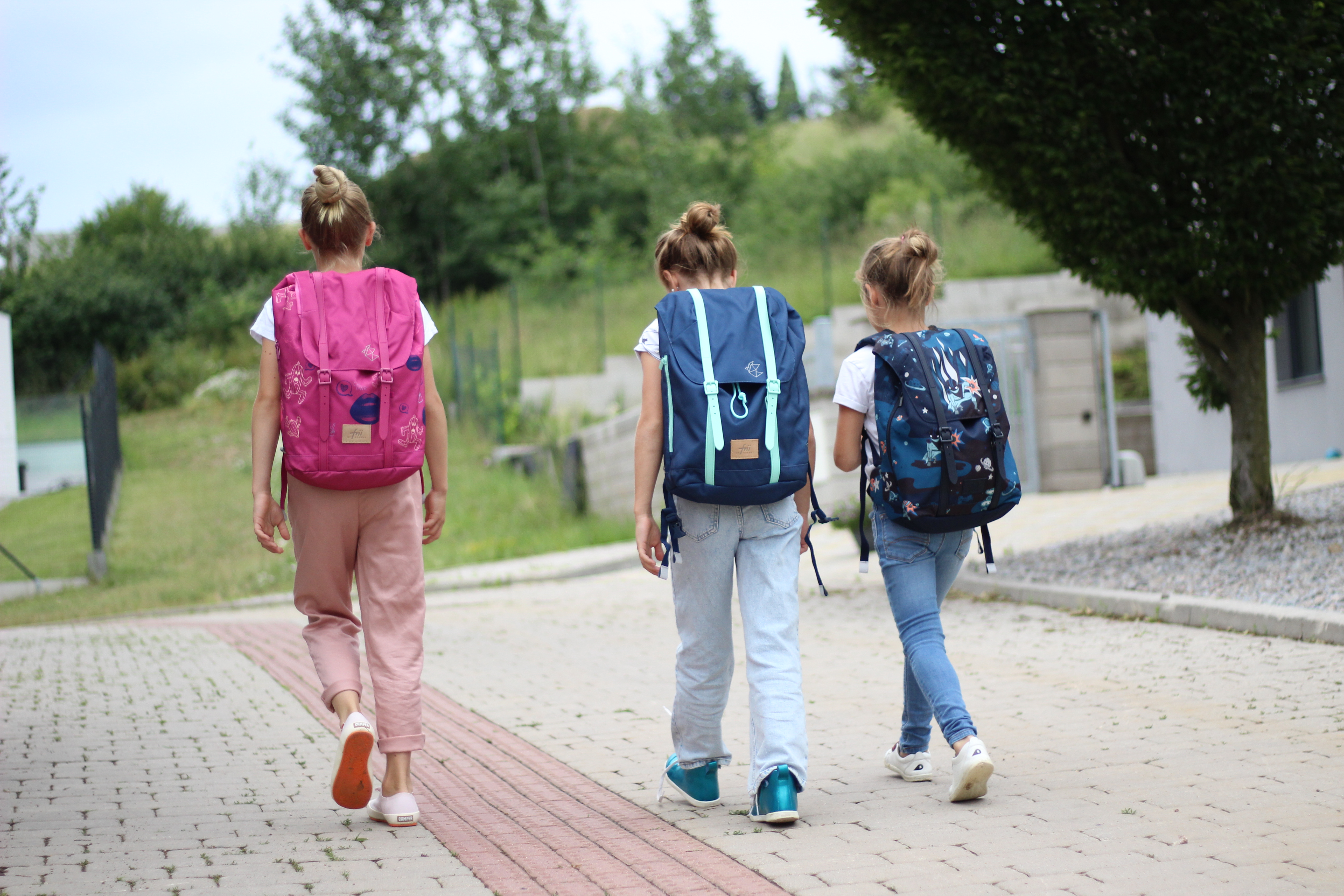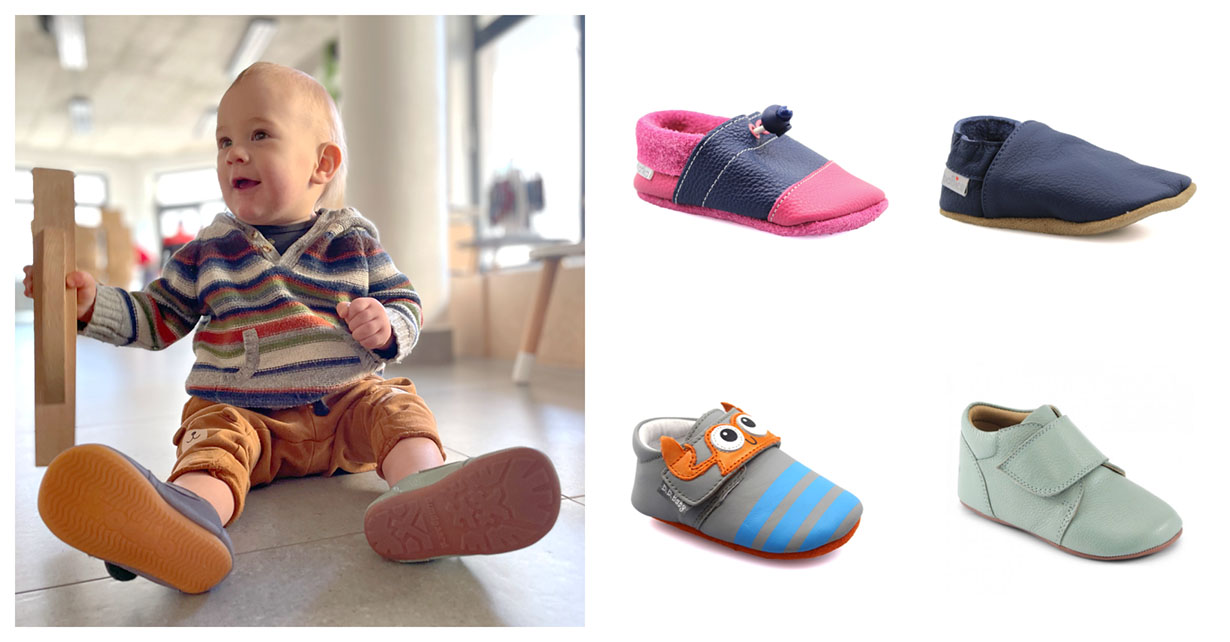Proper foot hygiene and skin care involves washing your feet regularly and thoroughly, nourishing your skin and keeping it clean and dry. Neglecting proper foot hygiene often leads to fungus, cracking of the skin, various blisters and other problems.
Content of the article
Foot washing
You need more than just letting the soapy water run off the rest of your body to wash your feet properly. These 5 tips will tell you how to wash your feet properly:
- Wash your feet separately - Set aside an area for a foot bath. Run warm (not hot) water into the basin or bath, or you can add bath salt or a little vinegar to combat mildew. Let your feet soak for at least a quarter of an hour to soften the skin before you start cleansing.
- Avoid washcloths - Sponges and washcloths tend to trap bacteria, so if you don't clean them after every bath, you run the risk of transferring bacteria or mould back to your skin. Instead, use your own hands to wash; your fingers are better at washing harder-to-reach body folds.
- Clean all the folds - The foot gets dirty not only on the heel and sole. Pay special attention to the area between and under the toes, where sweat and dirt stick most (leading to skin problems). Don't use artificial products full of chemicals to cleanse, opt for natural soaps instead.
- Get rid of hard skin and clean your nails - Regularly take care of your nails so they don't grow back or get dirt under them (a small toothbrush helps). Clean heels and areas of rough skin with a pumice stone or a file.
- Dry your feet at the end - Rinse your feet with clean water and wipe them carefully in a separate foot towel that you do not share with anyone. Let the towel dry thoroughly and wash after 3-4 uses. Mould thrives in damp and warm environments, so make sure you keep your feet clean and dry during the day.
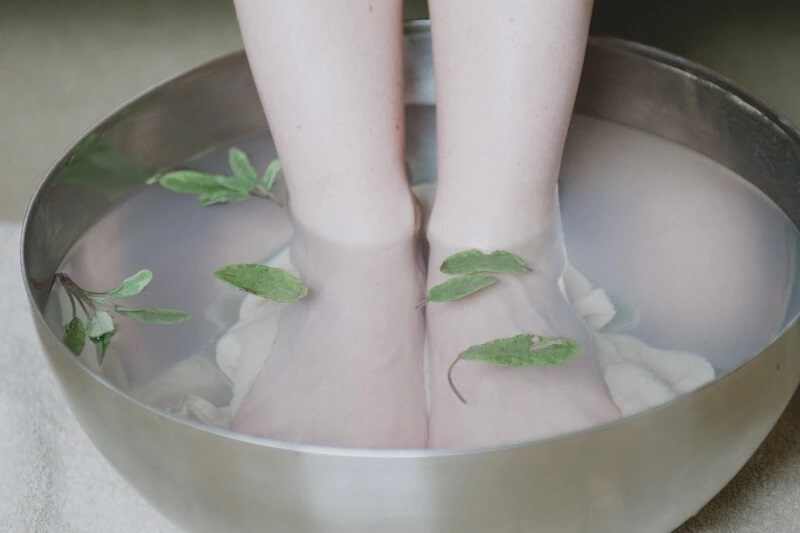
Skin nourishment
Foot care doesn't end with foot hygiene. Physiotherapists from Spokonožka summarize comprehensive skin care as follows:
"The basis of foot care is regularity. As a preparation for any foot care is proper hygiene. When washing your feet every day, don't forget about the interdigital areas, not only can you wash these sometimes hard-to-reach places, but you can also relax your toes. It is then important to dry your feet thoroughly so that they do not remain damp and risk developing fungus. By scrubbing your feet, you not only wash them and remove the corroded skin, but also train their sensitivity. After drying, apply a suitable cream or coconut oil to the feet."
Shea butter also serves as a natural beauty balm suitable for normal, problematic and sensitive skin. It nourishes, moisturises, soothes, regenerates and forms a light UV protection without added chemicals.
Foot care
Foot care involves other steps that may not be so obvious at first glance:
- Reflex massage - There are many reflex points on the feet associated with internal organs. Foot massage relieves stress, softens the skin and leads to more responsive feet. The most natural form of foot stimulation is barefoot walking, which improves the foot arches and blood circulation in the body. If conditions don't allow it, at least get a massage pad or ball at home.
- Comfortable socks - Choose socks that don't pinch your feet or cause sweating. Change your socks regularly for clean ones, as well as other clothing that comes into direct contact with your skin (stockings, bed linen, towels, etc.). Choose clothes made of natural materials, and for antibacterial effects, get socks with silver ions.
- Barefoot shoes - Wear sufficiently roomy shoes that do not deform the feet. At the same time, in addition to protection from the outside environment, the shoes should also wick sweat away from the foot and out of the shoe, which is best served by shoes with a membrane. For hygiene reasons, do not buy second-hand shoes (unless they are unworn), and similarly do not lend them to others. Also, take proper care of your shoes and rotate them so that they can dry out sufficiently.
- Exercise your feet - Regular stretching and strengthening will improve foot function and resistance to damage. For example, try 4 simple foot exercises to get started.
- Maintain a healthy lifestyle - Diet in particular can significantly affect the condition of your skin. Sunlight, plenty of fresh air, mental well-being and other important elements of a healthy lifestyle can also affect your skin. Take care of your body comprehensively on all levels.
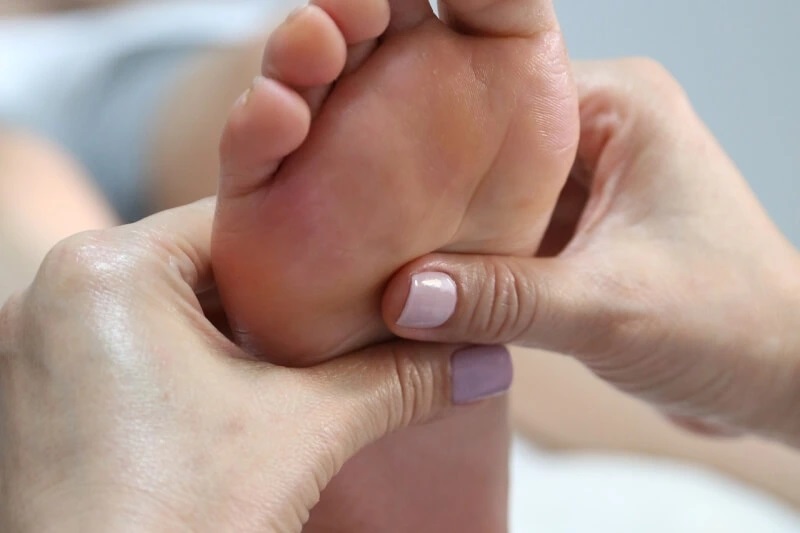
Fungus on the feet
Check your feet regularly to nip any foot fungus in the bud.
How to recognize foot fungus?
The fungus most often sticks between the fingers and around the nails. The skin is red and itchy to burning. But if you try to hide it from the outside world, you'll only help it spread.
What helps against fungus?
Antifungal drugs from the pharmacy (usually in the form of a cream or ointment) can help against fungus, or you can try the advice of your grandmother and create your own treatment. If the treatment provides short-term relief but does not work in the long term (and the fungus returns), you should seek professional help from a dermatologist.
For example, you can buy an effective natural mixture against mould and bacteria. Another popular treatment option is the popular tea tree oil, which has been used by Australian Aborigines for inflammation and infections for hundreds of years.
For home treatment, a vinegar bath, green tea, lavender and sage decoction or rubbing the feet with horsetail decoction (boiled in sunflower oil) can help. A sprinkling of baking soda can dry the feet. In terms of diet, fungus does not like an alkaline diet with plenty of fresh vegetables (especially aromatic ones such as garlic, onions, horseradish, etc.), fruit, legumes, seaweed, etc.
How to prevent foot fungus?
Summarising the advice on how to prevent fungus, in particular:
- take care of your feet with regular hygiene
- keep feet dry and clean
- do not share towel, shoes, socks, bed linen with other people, try on shoes in the shop only in socks
- wear rubber slippers in public places (swimming pools, saunas, public showers, ...)



